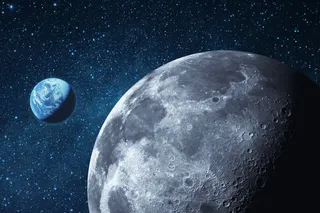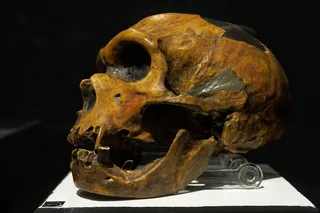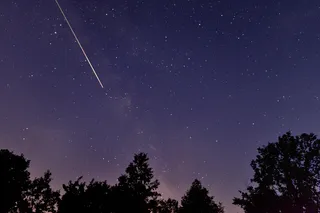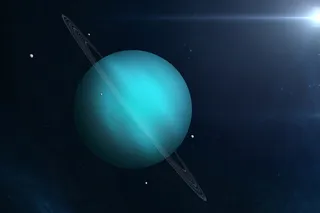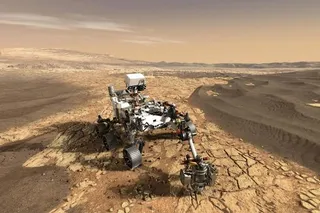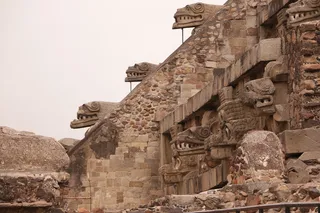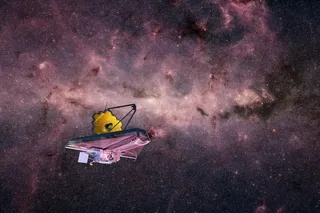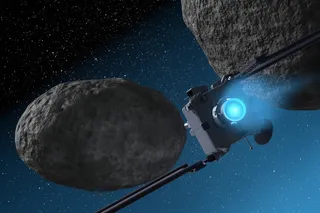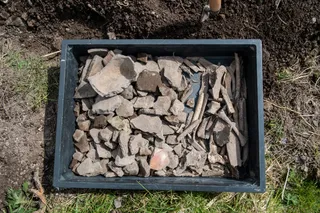Kris Stanek alerted me to this fun idea from the astronomers at Ohio State: when they submit a paper to arxiv, they accompany it by a simple YouTube video that explains the basic idea. Called "Coffee Briefs," there is only one such video so far, for a paper by Jennifer van Saders and Mark Pinsonneault. But they hope to make it regular series.
The Sensitivity of Convection Zone Depth to Stellar Abundances: An Absolute Stellar Abundance Scale from Asteroseismology Jennifer L. van Saders, Marc H. Pinsonneault The base of the convection zone is a source of acoustic glitches in the asteroseismic frequency spectra of solar-like oscillators, allowing one to precisely measure the acoustic depth to the feature. We examine the sensitivity of the depth of the convection zone to mass, stellar abundances, and input physics, and in particular, the use of a measurement of the acoustic depth to the CZ as an atmosphere-independent, absolute measure of stellar metallicities. We find that for low mass stars on the main sequence with $0.4 M_{odot} le M le 1.6 M_{odot}$, the acoustic depth to the base of the convection zone, normalized by the acoustic depth to the center of the star, $tau_{cz,n}$, is both a strong function of mass, and varies at the 0.5-1% per 0.1 dex level in [Z/X], and is therefore also a sensitive probe of the composition. We estimate the theoretical uncertainties in the stellar models, and show that combined with reasonable observational uncertainties, we can expect measure the the metallicity to within 0.15 - 0.3 dex for solar-like stars. We discuss the applications of this work to rotational mixing, particularly in the context of the observed mid F star Li dip, and to distguishing between different mixtures of heavy elements.
[embed]http://www.youtube.com/watch?v=TJmOon2zwLk[/embed] This example might not be immediately accessible to non-experts, but I think the idea is to pitch the video at the level of astronomy grad students. Certainly the participants deserve a lot of credit for trying out an innovative way to talk about their research. The key to the ambition of making this a regular even is keeping it simple and easy. If it takes a couple of hours to put it together, no problem; if it takes a couple of days, enthusiasm will flag. I'm not sure what software was used to make the video and the simple graphics -- iMovie, maybe? For the DNA computer video we showed some time back, it was quite an elaborate job, and you would worry that it would be onerous to do something like that for every paper one writes.


